Montblanc's refreshed 1858 collection scales new heights
New cases, dials and details make for a substantial update to Montblanc's outdoorsy 1858 family.
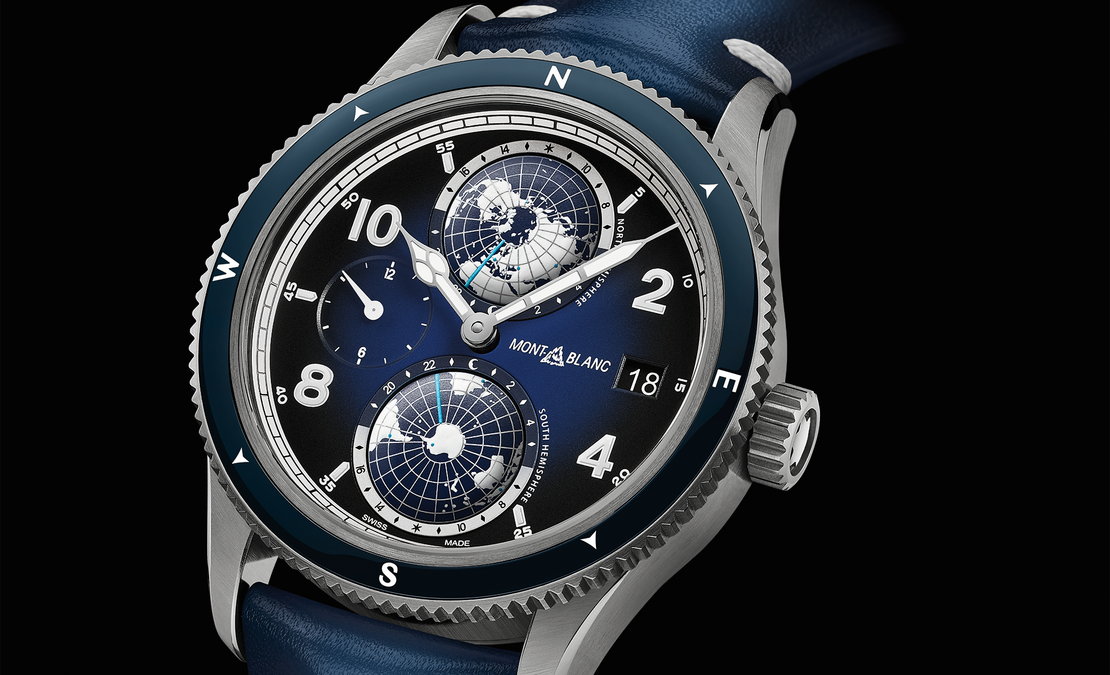
Montblanc, as a brand, has a thing for mountains in general, and one peak in particular: its own namesake, Mont Blanc, is a towering titan of the Swiss Alps.
The number 4810 pops up repeatedly in the Montblanc family, and happens to be the height (in metres) of Mont Blanc itself, while the brand's soft star-shaped logo is a poetic interpretation of a bird's eye view of that snow-capped peak.
A recent addition to this alpine iconography is the 1858 collection, although that set of numbers commemorates the year Montblanc's Villeret manufacture – originally known as Minerva – was founded.
Climb every mountain...
But Montblanc loves its mountains, so when it launched the 1858 line in 2016, the watches' inspiration was the 'golden age' of mountain exploration, which also blossomed in the 1850s-1870s with the foundation of several 'Alpine' clubs across Europe dedicated to tackling the rugged outdoors, when 'cutting edge technology' was a fine hemp rope and a bronze compass as opposed to Gore-Tex and GPS.
So it should come as no surprise that old world charm features heavily in the 1858 collection, and the latest generation – which mostly offers familiar faces in a new blue hue – is no exception.
Let’s kick off with the poster child of the family, the Montblanc 1858 Geosphere – because nothing says ad-venture quite like a watch that literally has a map of the world (or two) on the dial.
But they’re not just there to add some pretty to the face: they, along with the second time zone hand at nine o’clock allow you to get a sense of what time it is anywhere on the globe. While this functionality, along with the 42mm case and ceramic bezel is something we’ve seen before, there’s quite a lot that’s new.
First, and most obviously, the colour: Montblanc says the blue is inspired by alpine glaciers. Another more pragmatic reason is that blue is a great way to inject some non-clashing, consumer-friendly colour into a watch collection.
But more than the colour, what stands out to me is that the case is, for the first time, offered in lightweight titanium, and on top of that, there’s an optional ‘beads-of-rice’ style bracelet made from steel and titanium. Just what you need for your next ascent. ($9110 on leather, $9600 on bracelet.)
Another model to get a fairly significant makeover is the Montblanc 1858 Chronograph.
Like the rest of the collection, it features as gradient blue dial, which is quite bright and vivid at the centre and gets progressively deep towards the edge. It’s a fresh look, especially when paired with the historic Montblanc logo and the vintage vibes of the dial.
The strap mimics the dial, thanks to a ‘sfumato’ or smoked technique achieved by Montblanc’s Florentine leather facility. The case is well-sized, especially for this sort of outdoorsy chronograph, clocking in at 42mm across and 14.7mm tall, making it substantial yet not overpowering on the wrist.
New here is an element cribbed from the Geospheres: a rotating bezel with a ceramic insert displaying the points of the compass. Now, while for most this feature is style over substance, believe it or not, there is a way to determine north using your watch, which involves pointing the hour hand of your watch at the sun and other details which, to be honest, I get a little hazy on. ($7080 on leather.)
The heart of the Montblanc 1858 Split-Second Chronograph Limited Edition is the Minerva movement. In 2006 Montblanc acquired the storied (but cash-strapped) Swiss manufacturer, Minerva.
Minerva dates back to 1858 and is highly regarded for its expertise in chronograph movements, which are essentially quite complex stopwatches – Montblanc had the sense to change very little about Minerva’s operations.
With its excellent MB M16.31, titanium case and rich dial with popping orange highlights, this limited edition (of 100 pieces) packs a punch. (POA.)
Wrapping up the collection is the Montblanc 1858 Automatic. What it lacks in mechanical add-ons, it more than makes up for in style and finesse.
The smallest of the bunch, at 40mm across and 11mm tall, it’s a watch well suited to daily wear. Powered by a workhorse of a Swiss automatic movement, rated to 100m of water resistance and with lots of luminescent material on the dial, along with the by-now-familiar compass bezel (sadly, this one doesn’t rotate), and you’ve got a watch that it, I think the hidden gem of the collection.
Dress it up with the blue sfumato leather strap we’ve seen before, or opt for one of Montblanc's woven fabric straps for a more utilitarian vibe. ($4050 on leather.)

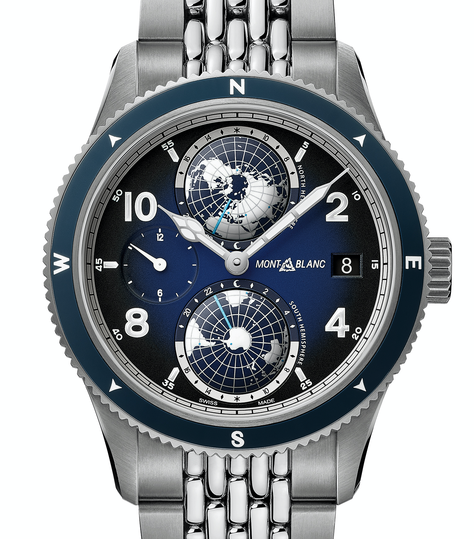
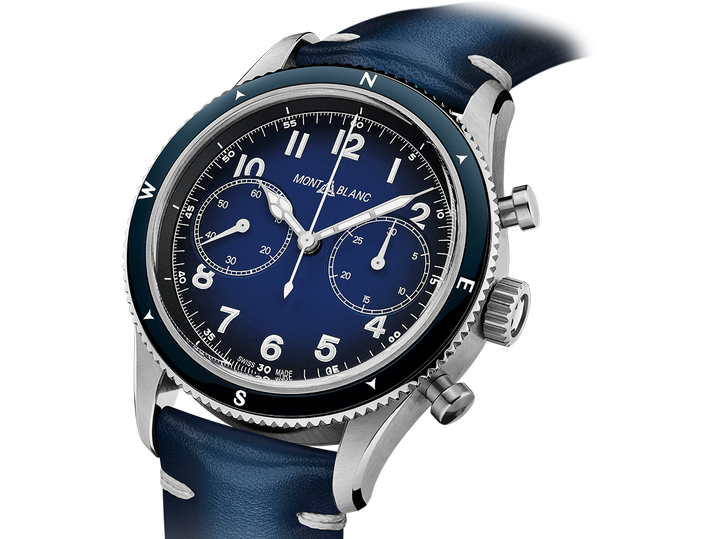
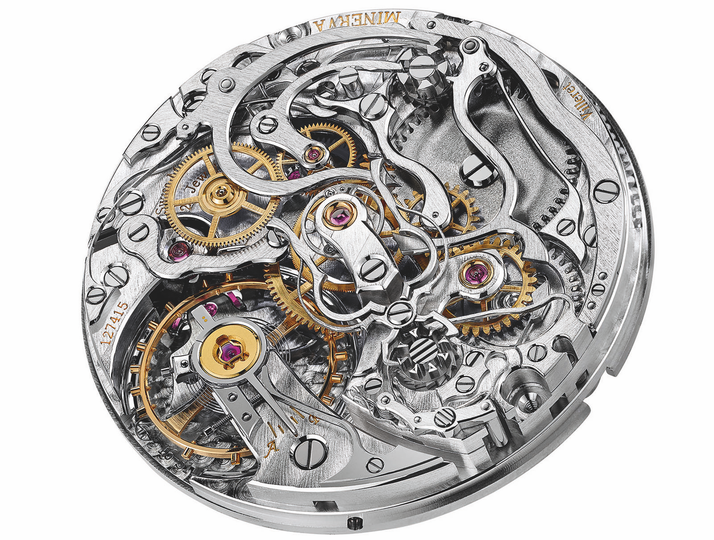
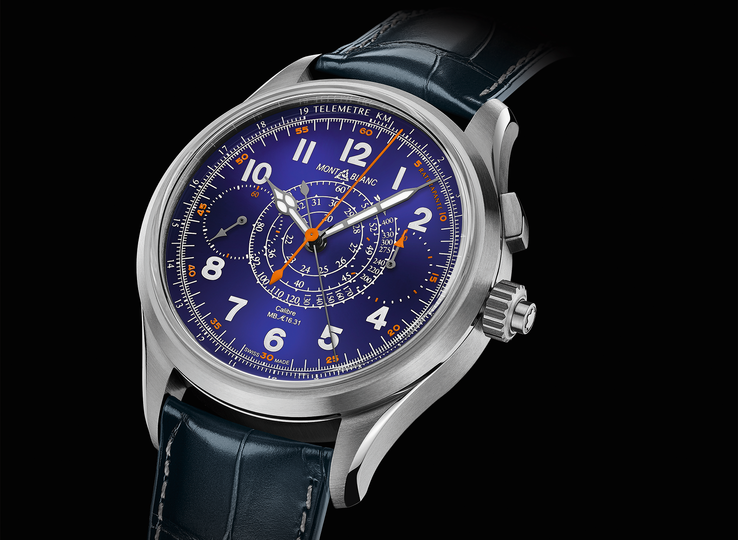
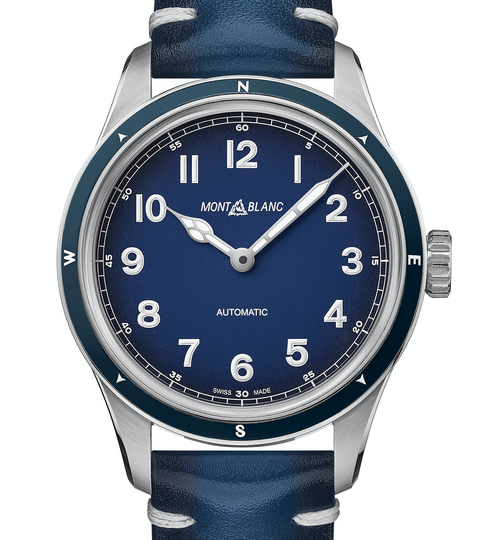

12 Dec 2018
Total posts 20
I have a friend who bought a Montblanc years ago, when he could have bought anything, and I really never got it. But it has been the only one I've seen on anyone's wrist since, so it's uniqueness has stood the test of time in my opinion. These watches above are a couple of very stylish examples and given you won't see them everywhere make them very appealing.
Hi Guest, join in the discussion on Montblanc's refreshed 1858 collection scales new heights